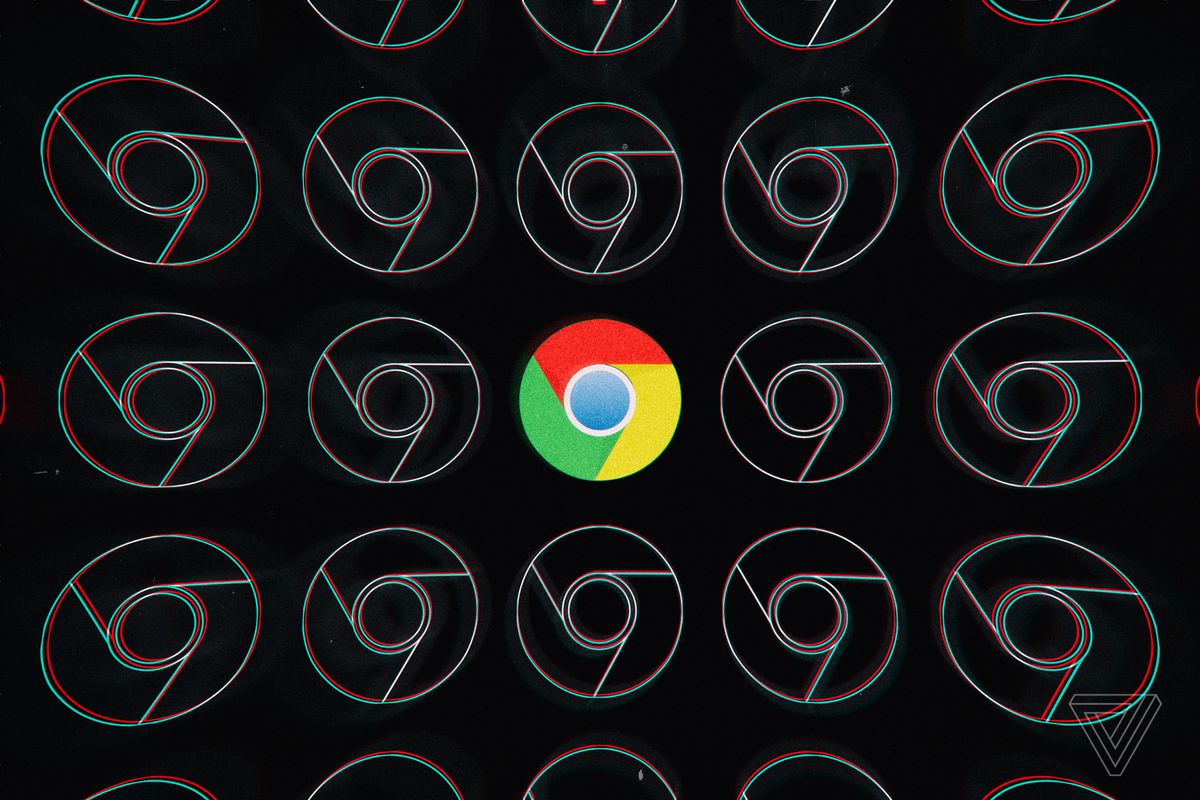
Google first released its Chrome browser 10 years ago. Marketed as a “fresh take on the browser,” Chrome debuted with a web comic from Google to mark the company’s first web browser. It was originally launched as a Windows-only beta app before making its way to Linux and macOS more than a year later in 2009.
Chrome debuted at a time when developers and internet users were growing frustrated with Internet Explorer, and Firefox had been steadily building momentum.
Google used components from Apple’s WebKit rendering engine and Mozilla’s Firefox to help bring Chrome to life, and it made all of Chrome’s source code available openly as its Chromium project. Chrome focused on web standards and respected HTML5, and it even passed both the Acid1 and Acid2 tests at the time of its release. This was a significant step as Microsoft was struggling to adhere to open web standards with its Internet Explorer browser.
Another significant part of Chrome’s first release was the idea of “sandboxing” individual browser tabs so that if one crashed it wouldn’t affect the others. This helped improve the speed and stability of Chrome in general, alongside Google’s V8 JavaScript engine that the company constantly tweaked to try and push the web forwards.
After a decade of Chrome, this browser now dominates as the primary way most people browse the web. Chrome has secured more than 60 percent of browser market share on desktop, and Google’s Chrome engineers continue to improve it with new features and push the latest web standards. Chrome has morphed into more than just a web browser, and you could argue it’s an entire platform that now runs on top of Windows, macOS, Linux, Android, and even iOS.
Chrome now powers Chrome OS, Google’s lightweight operating system for laptops and now tablets. While it might not be totally ready for tablets just yet, Google has been bringing Android apps over to Chrome OS to make its Chromebooks and tablets more useful. Even fully-fledged Linux apps are coming to Chrome OS in the near future, and Chrome is helping push progressive web apps to make web apps a lot better. Chrome hasn’t seen a major redesign in years, but a Material Design Refresh is heading to the browser this month.
Chrome’s future now looks more and more like a platform rather than its humble beginnings as a web browser. There are concerns Chrome is turning into the new Internet Explorer 6 due to its dominance among web developers, and Google’s “works best with Chrome” messaging. As Google engineers continue to steer the very latest web standards and push them into Chrome, other browser makers will need to catch up or be left behind by Google’s rapid iteration. It certainly feels like Chrome has been here a lot longer than 10 years, though. If browsers turned into platforms in just a decade, how might they morph over the next 10 years?







Comment here